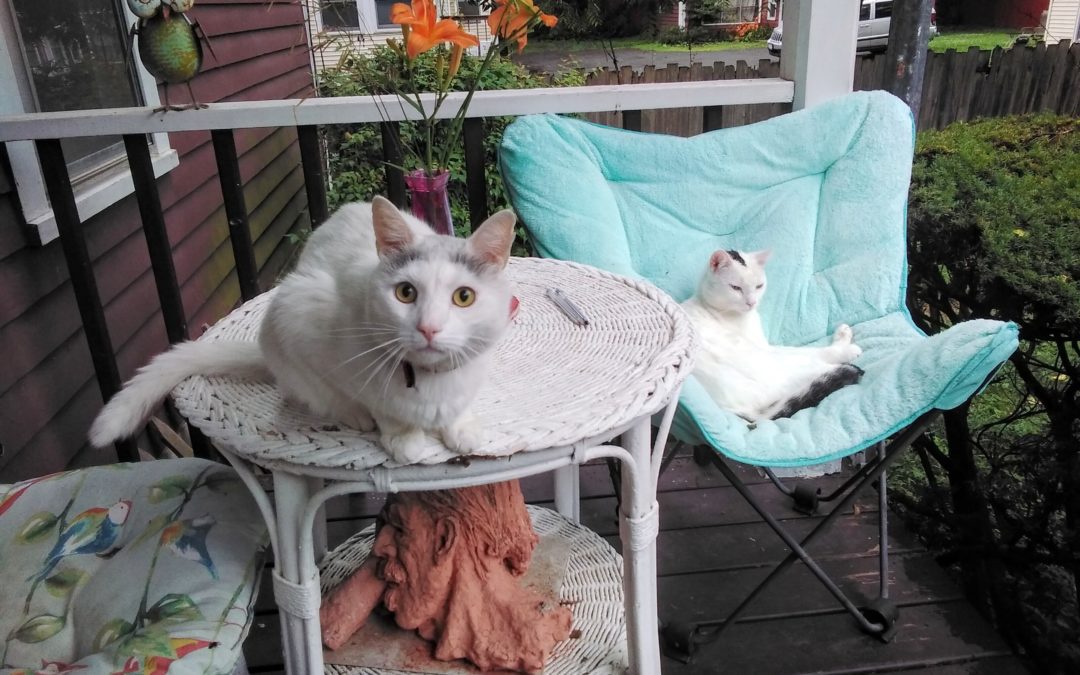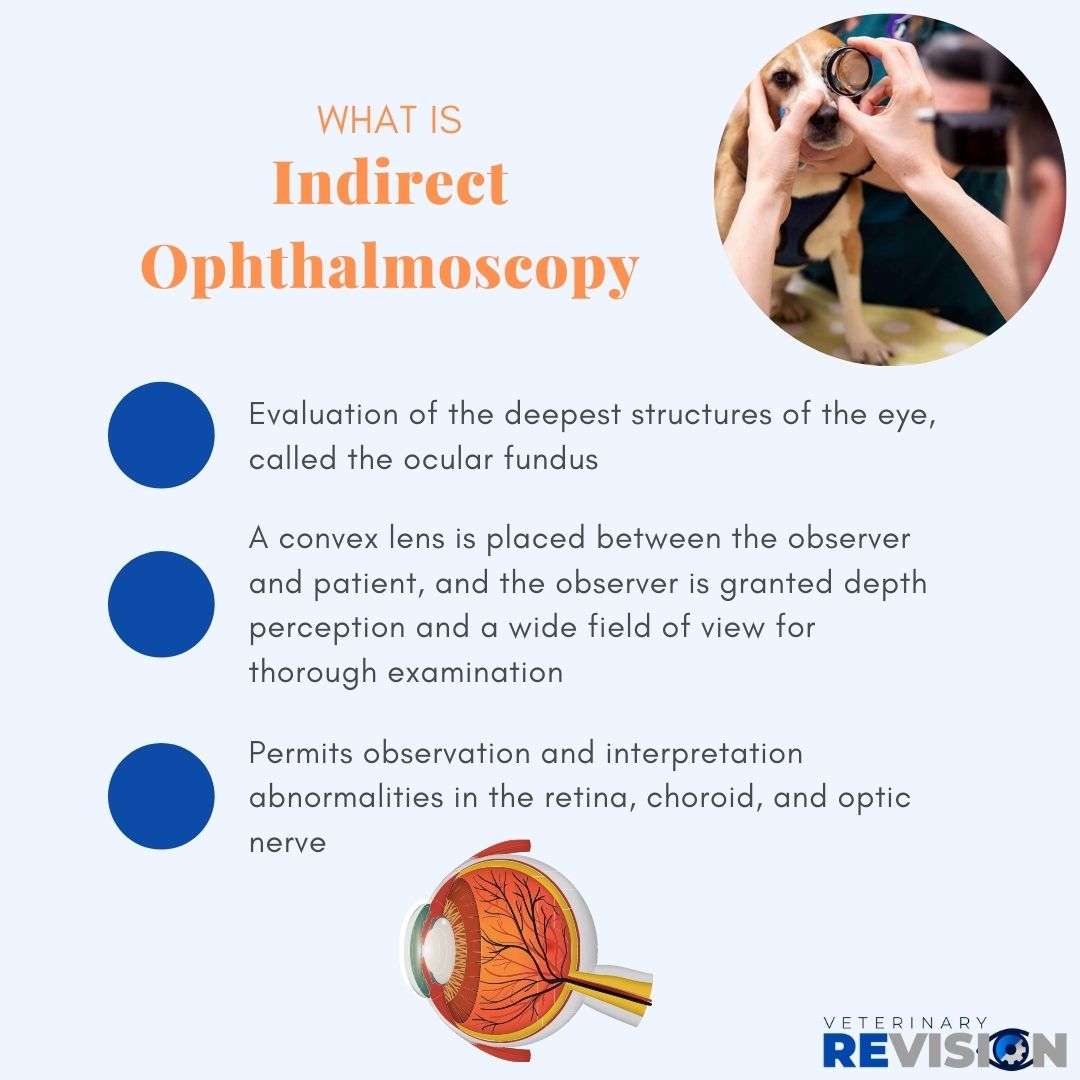Question:
How do you know by examination if a 6-year-old cat has progressive retinal atrophy when his eyes seemed fine as a kitten, but appears blind now and the owner cannot determine exactly when vision loss occurred?
Hi Susan,
This is a great question that underscores the importance of a comprehensive ophthalmic examination!
Progressive retinal atrophy is a genetic condition most commonly associated with diminishing function of photoreceptors. Photoreceptors generally come in two forms, “rods” and “cones”. Rods are responsible for vision in low lighting conditions and cones are responsible for color, spatial, and bright-light vision.
The feline retina has many more rods than cones which, in part, explains their adept vision at night. In most cases of progressive retinal atrophy, rods begin degenerating before cones, resulting in vision deficits in dim-lighting conditions or “night blindness” during the early stages of the disease. This may be characterized by hesitancy entering dark rooms, startling unexpected at night, or bumping into objects. In the later stages of the disease, both the rods and cones are significantly affected, resulting in severe vision loss under all lighting conditions. Pet owners may observe dilation of the pupils or a very reflective “shine” when light hits the cat’s eyes.
It’s important to remember that there are many different kinds of progressive retinal atrophy, with Abyssians and Persians being most commonly affected. There are also many different retinal diseases of cats, including those related to dietary deficiencies, antibiotic use, systemic blood pressure, and infectious and cancerous disease. This is why thorough and precise ophthalmoscopy (ie. evaluation of the retina and optic nerve) is critical to determine the nature of the retinal issue and formulate a treatment plan.
– Kyle Tofflemire DVM, DACVO


